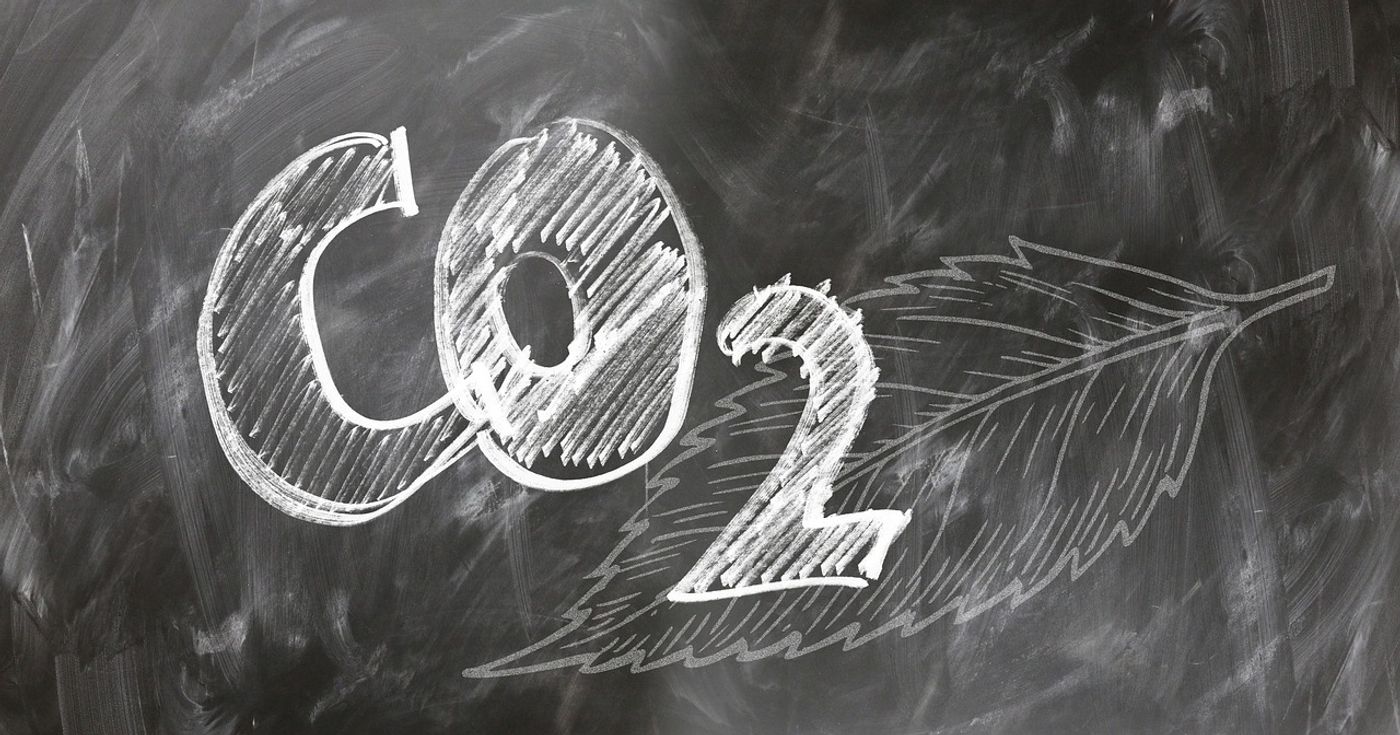Snatching CO2 From the Air
In a recent study published in Nanoscale, a team of researchers led by the University of Pittsburgh have designed new materials for direct air capture (DAC) technologies that improve upon previous designs for capturing carbon dioxide (CO2) from the air. This study has the potential to improve the amount of carbon dioxide that is captured, as capturing large quantities of CO2 has proven to be a difficult task. This is due to CO2 competing with water in terms of being captured, and the result is often that large quantities of CO2 go free.
"If materials are good at grabbing carbon dioxide, they're usually good at grabbing multiple gasses," explained Dr. Katherine Hornbostel, who is an assistant professor of mechanical engineering and materials science at the University of Pittsburgh Swanson School of Engineering, and a co-author on the study. "It's really hard to tune these materials to grab carbon dioxide but nothing else, and that's what this research is focused on."
The study involved improving on what are known as metal-organic frameworks (MOFs), which the paper refers to as “frequently proposed as candidate materials to selectively adsorb CO2 for carbon capture processes.” The purpose of this study is to consider a novel core-shell MOF design strategy meant to capture higher quantities of CO2.
"If you're trying to work with an adhesive, it can be hard to come up with something that's sticky to one material that's not also sticky to the other material, and that's true all the way down to the molecular scale," said Dr. Christopher E. Wilmer, who is an associate professor of chemical and petroleum engineering and William Kepler Whiteford Faculty Fellow in the Swanson School, and a co-author on the study. "So, when we make a material that's very sticky to carbon dioxide, inadvertently, it's usually also sticky to water. We're trying to find a way to shield those sticky surfaces from water."
While DAC is primarily used to reverse climate change effects, the researchers have a long-term goal for DAC beyond Earth, as well.
"When we're on other planets, like Mars, direct air capture is how we get fuel to return to Earth," Wilmer said. "Every technology we design pushes the ball forward."
Sources: Nanoscale
As always, keep doing science & keep looking up!









